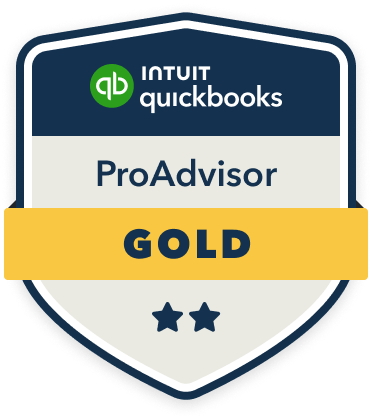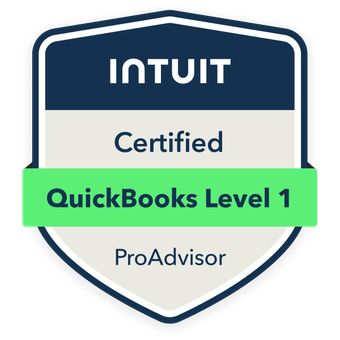Effective non-profit cash flow management requires a systematic approach across five key areas. I recommend implementing a rolling 12-month forecast system that tracks both restricted and unrestricted funds, while diversifying revenue across grants (40%), donations (35%), and services (25%). You’ll need robust budget controls with automated expense tracking, adequate reserves covering 6-12 months of operations, and optimized grant management processes. These integrated strategies form an expansive framework that’ll strengthen your organization’s financial stability and resilience.
Creating a Robust Cash Flow Forecasting System

A robust cash flow forecasting system serves as the foundation for any non-profit’s financial stability. I recommend implementing a rolling 12-month forecast that tracks both restricted and unrestricted funds, updating it weekly with actual figures.
I’ve found that effective forecasting requires meticulous attention to timing variations in grant disbursements, donor contributions, and seasonal fluctuations. You’ll need to monitor key metrics including days of cash on hand, burn rate, and funding pipeline probability.
To maximize accuracy, I integrate historical data analysis with real-time tracking of pledge fulfillment rates and program expense patterns. This enables strategic decision-making and prevents cash shortfalls.
Diversifying Revenue Streams and Funding Sources
Every successful non-profit needs multiple revenue streams to maintain financial stability and minimize risk. I recommend focusing on these key funding categories:
| Revenue Type | Risk Level | Typical ROI |
|---|---|---|
| Grants | Medium | 3-5x |
| Donations | High | 2-4x |
| Services | Low | 1.5-2x |
I’ve found that balancing these streams creates a resilient financial foundation. Start by allocating 40% to grants, 35% to individual/corporate donations, and 25% to fee-based services. This mix protects your organization when one source underperforms while maximizing growth potential through diversification.
Implementing Strategic Budget Controls and Monitoring

Strategic budget controls require three essential components to safeguard your non-profit’s financial health: real-time monitoring systems, clear spending protocols, and regular variance analysis.
I recommend implementing automated expense tracking software that alerts you to spending anomalies and cash flow problems before they escalate. You’ll need to establish strict approval hierarchies for all expenditures above preset thresholds. I’ve found that monthly variance reports comparing actual versus budgeted figures help identify trends that require immediate intervention.
Building and Maintaining Adequate Cash Reserves
While budget controls help prevent cash depletion, maintaining robust cash reserves creates an essential financial buffer for non-profit sustainability. I recommend establishing a reserve fund equal to 6-12 months of operating expenses, depending on your organization’s risk profile and funding volatility.
To build these reserves, I’ve found success in implementing a percentage-based allocation system: designating 5-10% of all unrestricted donations and 3-5% of grant funding directly to reserves. I also suggest creating board-approved policies that restrict reserve usage to specific scenarios like revenue shortfalls, unexpected expenses, or strategic opportunities. This disciplined approach guarantees your organization’s long-term financial resilience.
Optimizing Grant Management and Donor Relationships

Strong donor relationships and effective grant management form the backbone of sustainable non-profit cash flow. I’ve found that implementing rigorous tracking systems and maintaining transparent communication channels maximizes both donor retention and grant compliance. Your organization’s financial stability depends on your ability to strategically time grant applications and coordinate disbursement schedules.
- Create a detailed grant calendar tracking application deadlines, reporting requirements, and disbursement dates
- Implement automated donation processing systems to minimize processing delays
- Develop personalized stewardship plans for major donors
- Establish clear metrics for measuring grant performance and impact
- Build a diversified funding pipeline to reduce reliance on single sources









